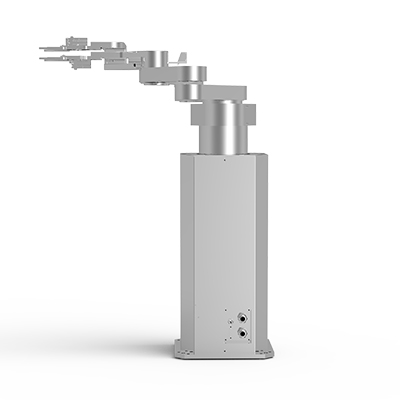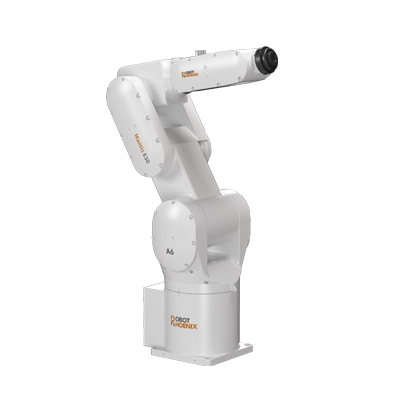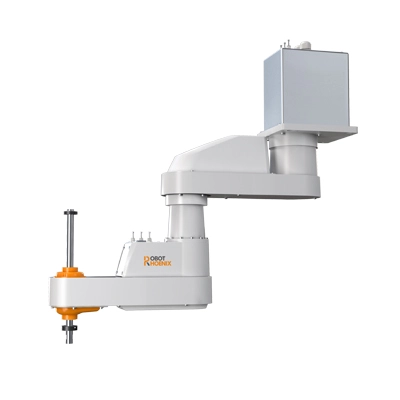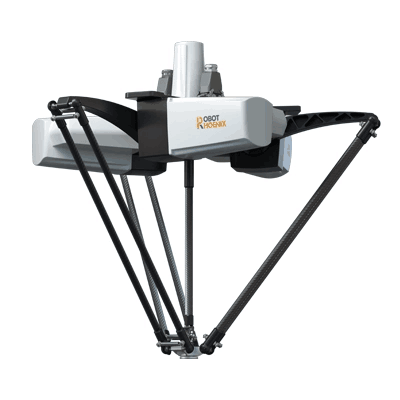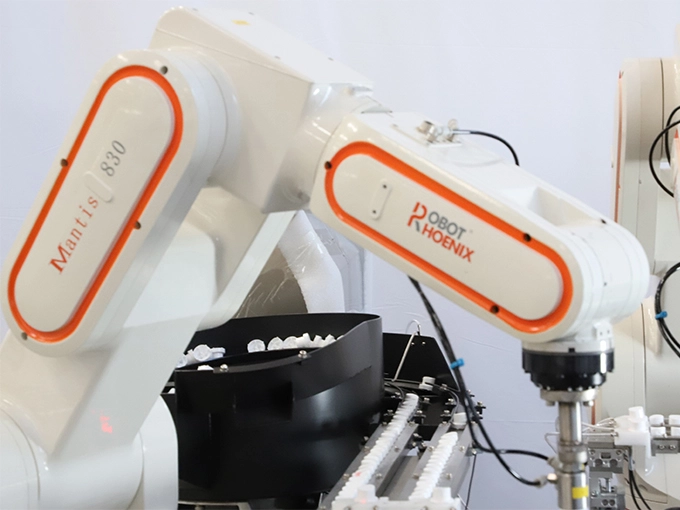The Rise of Delta Arm Robots in Automation
In the dynamic landscape of industrial automation, the Delta Arm Robot has emerged as a game-changing technology, revolutionizing the way tasks are performed in various industries. This innovative robotic system, known for its speed, precision, and versatility, has become a cornerstone in achieving seamless automation across different sectors.
Understanding the Delta Arm Robot
The Delta Arm Robot, with its unique design resembling a delta or spider, differs significantly from traditional robotic arms. Comprising three individually controlled arms connected to a common base, this robot excels in tasks requiring high-speed and high-precision movements. Its design allows for swift and precise maneuverability, making it an ideal choice for applications demanding efficiency and accuracy.
The versatility of the Delta Arm Robot extends across industries such as manufacturing, electronics, food and beverage, and pharmaceuticals. Whether it's pick-and-place tasks, assembly, or intricate handling of delicate components, this robot proves its mettle in enhancing automation processes.
Key Advantages of Delta Arm Robots
Speed and Precision: Delta Arm Robots are renowned for their exceptional speed and precision. The parallel kinematics design enables all three arms to work simultaneously, resulting in swift and accurate movements. This capability significantly reduces cycle times and enhances overall productivity.
Compact Footprint: The compact design of Delta Arm Robots makes them well-suited for applications with limited space. The reduced footprint allows for easy integration into existing production lines, maximizing efficiency without compromising on performance.
Versatility in Applications: From small electronic components to larger items in manufacturing, the Delta Arm Robot showcases remarkable versatility. Its ability to adapt to various tasks and handle diverse materials makes it a valuable asset in today's automated production environments.
Integration Challenges and Solutions
While Delta Arm Robots offer a plethora of advantages, their successful integration requires careful consideration of the specific requirements of each application. Factors such as payload capacity, workspace, and end-effector selection play crucial roles in optimizing the robot's performance.
To overcome integration challenges, companies often collaborate with experienced robotic system integrators. These experts analyze the unique needs of the application, customize the Delta Arm Robot's programming, and ensure seamless integration into existing workflows. This collaborative approach ensures that the robot operates at its full potential, delivering the desired efficiency and precision.
In conclusion, mastering Delta Arm Robots unlocks a realm of possibilities in automation, offering speed, precision, and adaptability across diverse industries. As technology continues to evolve, these robots will likely play an increasingly vital role in shaping the future of automated processes. By understanding the unique capabilities and advantages of Delta Arm Robots, industries can harness their potential to achieve new heights of efficiency and innovation.
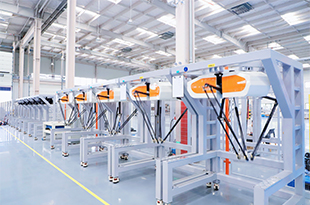 Learn More
Learn More 
 EN
EN  ja
ja  ko
ko  fr
fr  de
de  es
es  ru
ru  pt
pt  ar
ar  vi
vi  ur
ur 